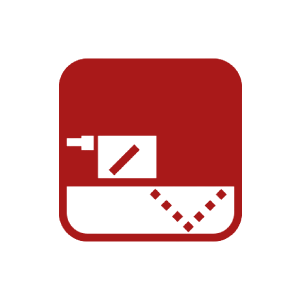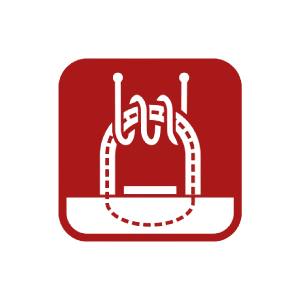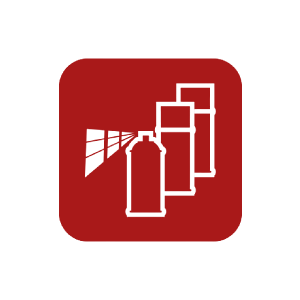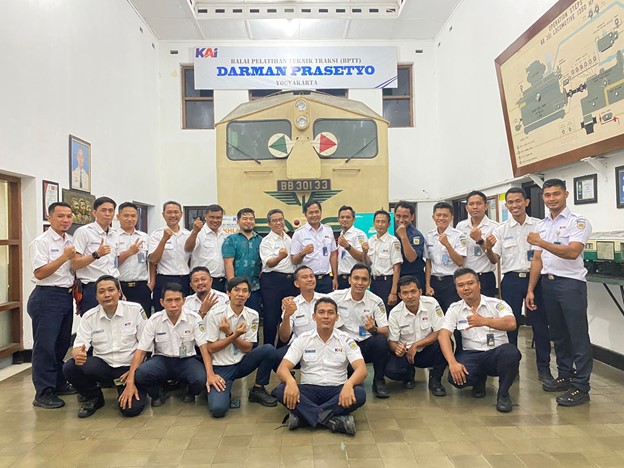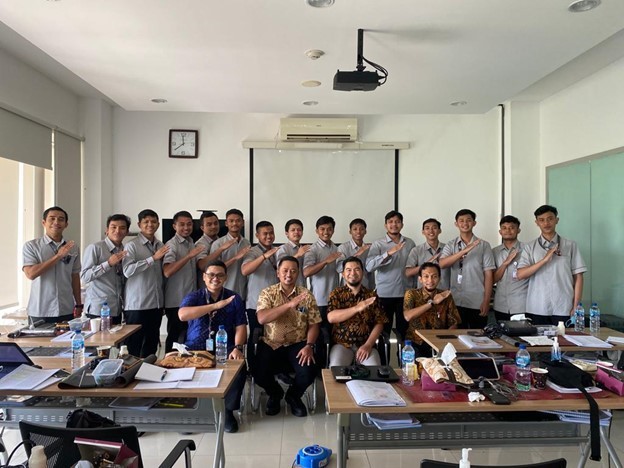Learning and Upgrade Yourself
PT. Pratita Prana Citra has a blended training program for Ultrasonic, Liquid Penetrant, Magnetic Particle and Eddy Current Testing.
766
Participant
Of “high-performing” level are led by a certified project manager
766+
Certificate
That meets quality standards required by our users
13
Program
Actively engage team members that finishes on time
Some trainings in our company
See more details about each part of courses and what you will learn
Get detailsFollow the existing requirements
Every level has different requirements for qualification and certification
Level I
personnel are qualified to :
Level II
personnel are qualified to :
Level III
personnel are qualified to :
Documentation
We have some photo albums when the training was held
